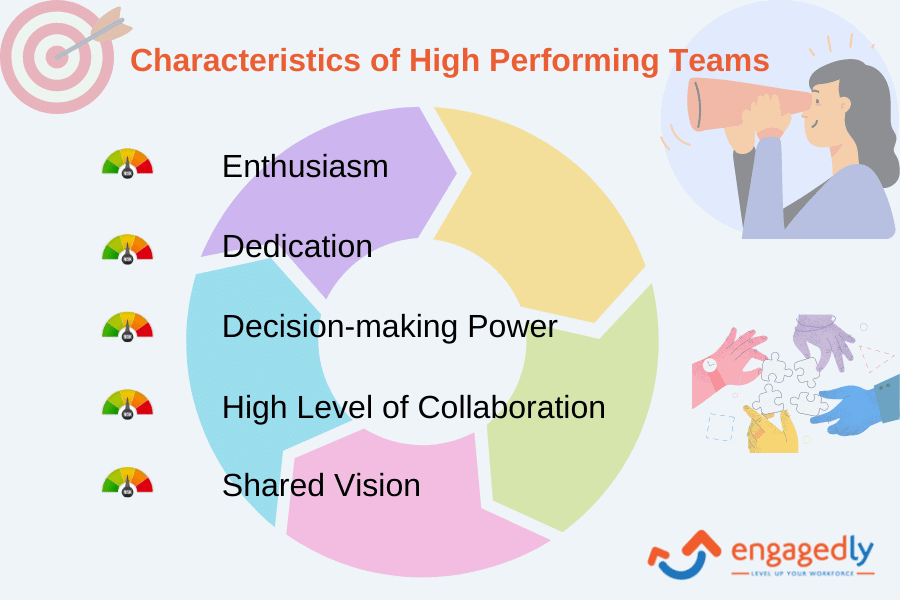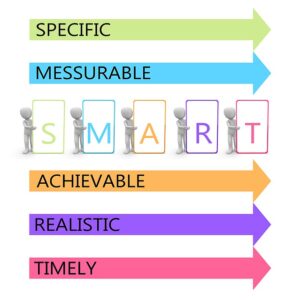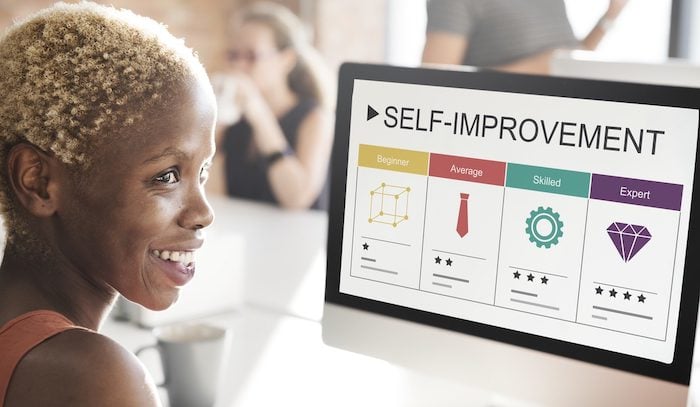There are currently more than 157 million employees in the American workforce. Whether you employ a handful of people or hundreds of them, your employees are a vital resource for your company.
This is why bringing new recruits into your business can help to give it a new lease on life. However, very few people in America now join a company and stay for the long haul. In fact, the average employee will only stay with a company for 4.1 years.
If you are going to hold on to your star employees, your HR teams need to take good care of them, and this starts from the moment you hire them. Good onboarding practices help ensure a smooth introduction of new employees while making them feel welcome.
So, what are the best ways to onboard your staff? Read on to find out ten great onboarding ideas that are used by some of the most successful companies in America!
Also read: Virtual Onboarding: A New Reality
What Is the Goal of the Employee Onboarding Process?
Employee onboarding is essentially another name given to the process of welcoming new staff to your business after the hiring process. This involves introducing them to:
- Their role in the company
- The team members they will be working with
- The structure of the company
However, the onboarding strategy is also about integrating new employees into the company. So it should help them to understand the company ethos and feel like part of the company.
Why Is Onboarding So Important?
Successful onboarding benefits both your business and your new employees.
By making your employees feel supported and at home quickly, you improve employee satisfaction. This helps to build their loyalty to your company from day one and lowers your employee turnover. After all, accepting job offers doesn’t mean that your employees are bonded to your company for life!
As a result, you will hold on to great employees and potential employees will be drawn to your positive work environment. So this also helps you to attract high-quality applicants in the future.
On top of this, employees that have been properly onboarded will find it easier to settle into work quickly. Your business will immediately benefit from this process.
With that in mind, let’s take a look at ten great onboarding examples to inspire your HR team.
1. Buddy Systems
Buddy systems are a popular onboarding strategy. This involves using HR onboarding software to allocate an existing employee as a mentor to new staff.
During the employee boarding process, each staff member will receive training for their role. Onboarding buddies can provide valuable support for this training and also act as a point of contact for any questions.
It is a good idea to allocate mentors working in similar areas who will be able to understand your new employees. This helps them to feel more at home and reach out when they need to.
Also read: 5 Benefits of Investing In Employee Recognition Software
2. Onboarding Courses
Speaking of training, onboarding courses are an essential part of any onboarding boot camp. Even if this delays getting your new recruits to their desks, it will pay off over time.
Netpeak, for example, is a company with more than 500 employees in its books. This company puts all of its new recruits through a two-part course before they start work.
This helps them to understand:
- The company’s mission statement and values
- Company goals for the future
- Rules for behavior
- The company’s structure
This is an efficient way of bringing your new employees up to speed on all the important aspects of your company culture.
When it comes to hiring managers and new employees, the employee onboarding process helps them to settle into a company quickly. Great onboarding also encourages company loyalty, so your employees will stick around. Employee onboarding software, like HR Cloud, can help your HR teams perfect your employee onboarding program. Learn more about them here.
3. Focusing on More Than Just Data
To learn about the company, your new employees need to understand more than the basic rule book. Because of this, staff-led talks about the employee experience at a company are popular with HR teams.
For example, Netpeak also includes a series of talks in their onboarding process, known as Netpeak Pulse. These TED-Talk-style of events give current employees an opportunity to present themselves in a more personal way.
These talks can cover a whole range of interests and experiences, including:
- Tips for creating a healthy work-life balance
- Practicing mindfulness
- Ways to find happiness
- Enriching and inspiring life hobbies or experiences
This is a great way of showing new recruits that your company cares about them as individuals. This fosters a supportive and inclusive environment that helps your new staff do a great job.
4. Team-Building Days
Team-building days can be a great icebreaker for new employees and give the team an opportunity to get to know one another away from the office.
Taking the focus off work can also help new employees to relax around their coworkers. This also improves communication skills and boosts productivity for your existing teams.
Some great team-building onboarding activities include escape rooms, laser tag, and scavenger hunts. Or if you want something more focused, why not opt for a crafting activity or team quiz?
Also read: Five Ways To Build Better Teams
5. Social Events For Employee Onboarding
Planning social events for your new recruits also helps them build relationships before they sit down at their desks.
You might want to plan welcome drinks for all of your new employees. Or you put together a social fair for organizations within your company. If your company has any sports teams or minority group representatives, a fair is a great way to introduce them.
It can help to introduce employees to their mentors before these events. That way, if your new recruits are shy, they already have a familiar face in the room.
6. Employee Welcome Kits
Often, employees will have to work out a notice period before they come and join your company. However, you can start welcoming them remotely before their training starts.
Sending an employee welcome kit over is a great way of showing them that you care and are excited to work with them. This is a must-have on your onboarding checklist!
In fact, this is something that global marketing giant Ogilvy and Mather have done for their 10,000+ employees over the years. And they must be doing something right!
A welcome kit can include information about the company, tips on how to find you on social media, and a heartfelt message. But you can also throw in a few treats for them to enjoy, such as a bottle of wine and some nice snacks!
7. Team Dinners
Large company social events are a great way to familiarize employees with your ethos.
However, the most important relationships they will form are with their individual team. After all, these are the people that they will see on a daily basis.
Team dinners or drinks are a must have for any onboarding process. You can do these before an employee starts.
However, it is also nice to organize a dinner towards the end of your employee’s first month. This is something they’ll really be able to enjoy once their feet are on the ground.
8. Sampling the Services and Products
No matter what services or products your company provides, your new employees should have a chance to sample them.
This helps them to engage really with what they are going to be promoting and working on. It can also spark ideas about new ways to sell or improve new products, which could be invaluable for your company.
So make sure you set aside time for this when new employees join your teams.
9. Opportunities to Bring New Ideas to the Table
Speaking of coming up with new ideas, Netflix uses a great onboarding technique to encourage new recruits.
In most businesses, employees feel that they have to work their way up through the ranks before they even get a seat at the ideas table. However, Netflix offers new recruits opportunities to speak up about their ideas and put them into action.
With a little supervision, this can help you get the best out of your employees from the start. It will also make your employees feel like their ideas are really valued.
Also read: Why Does Workplace Communication Matter?
10. Develop a Continuous Onboarding Process With Your HR Teams
Having a great onboarding strategy in place for the first few months is a great thing for your company. However, if this suddenly drops away it can leave relatively new employees feeling disappointed.
Because of this, it is important to have a strategy in place to continue the things that they enjoy from effective onboarding programs. This might include:
- Hosting team drinks once a week or month
- Continuing the buddy system after onboarding is complete
- Having open discussions with your employees about their development goals
- Identifying ways to support these goals
- Offering refresher training and support for your staff
All of this will ensure that your staff continues to feel support even after their official onboarding period is over.
Want to know how to effectively manage your employees post onboarding? Request us for a demo.
Guest Contribution by HR Cloud
This article is written by the marketing team at HR Cloud. HR Cloud is dedicated to providing powerful solutions for your HR teams and creating an exceptional employee experience. Our aim is to help your company improve employee engagement, onboarding, and to save you valuable time!






























